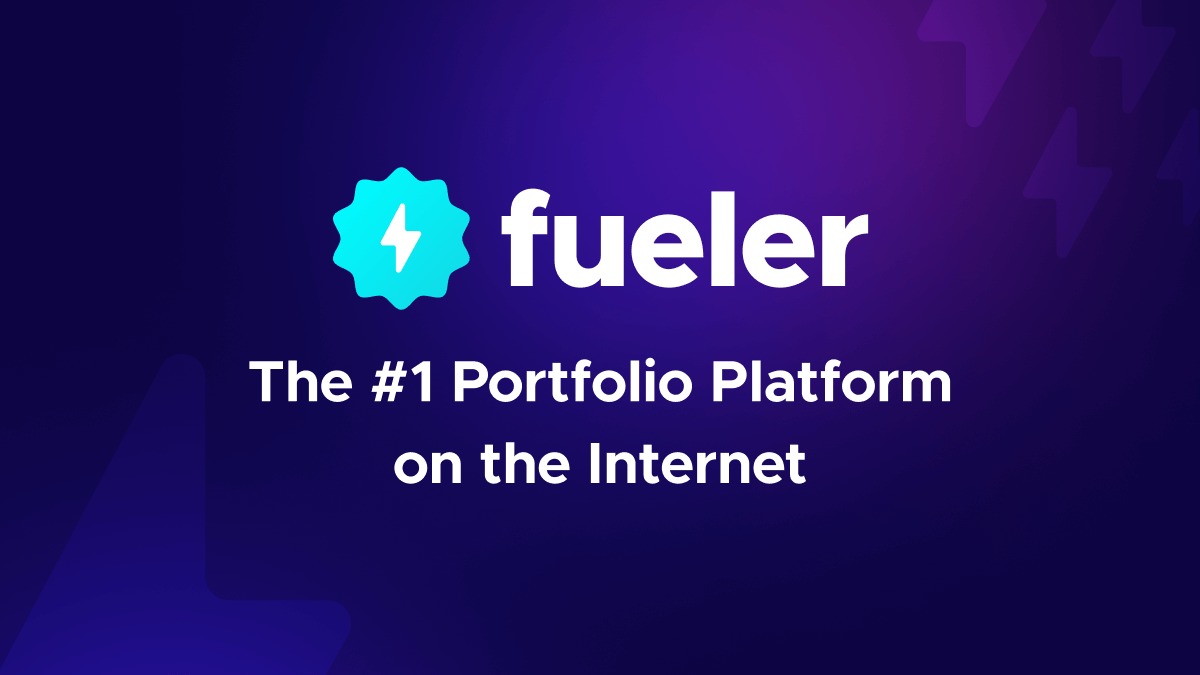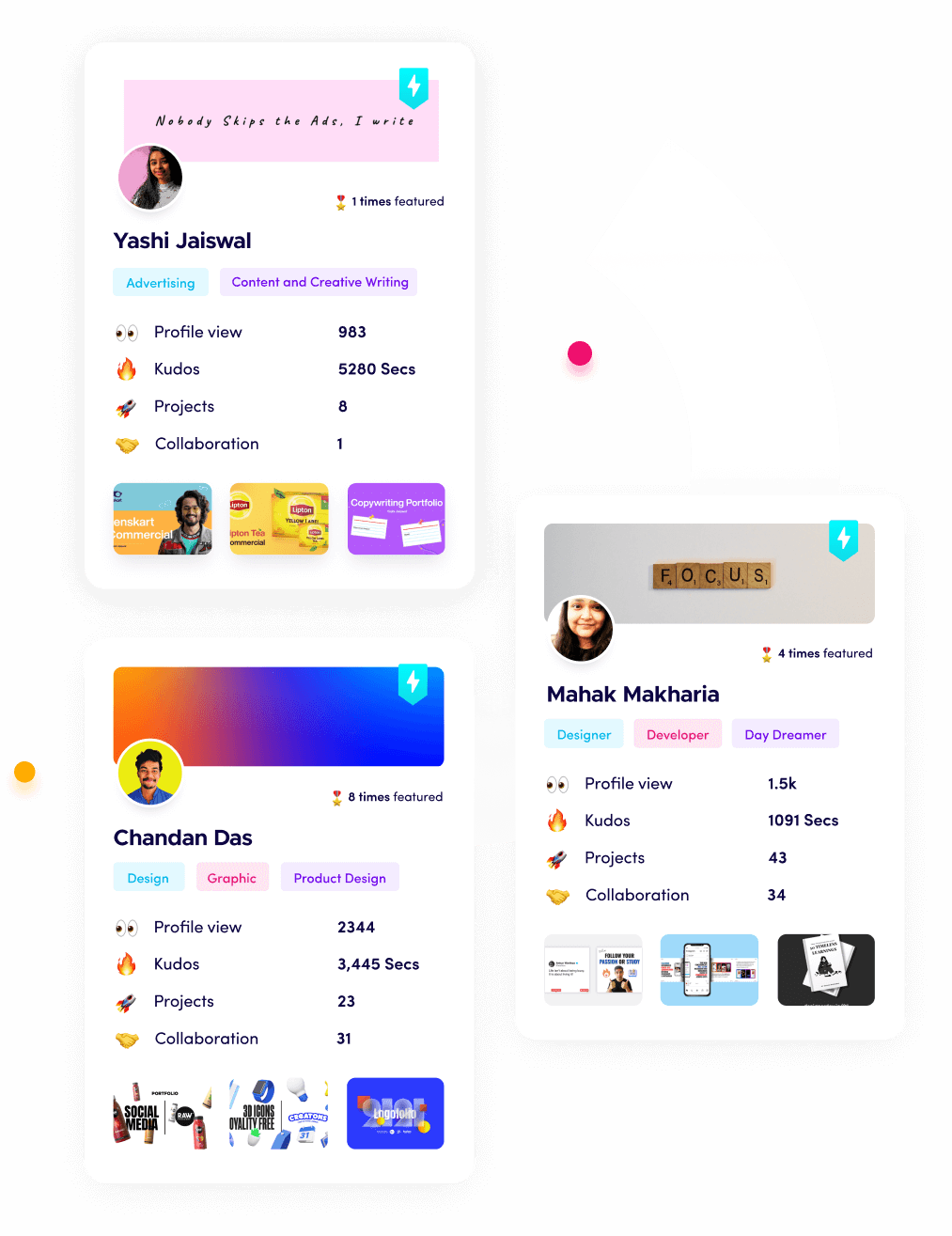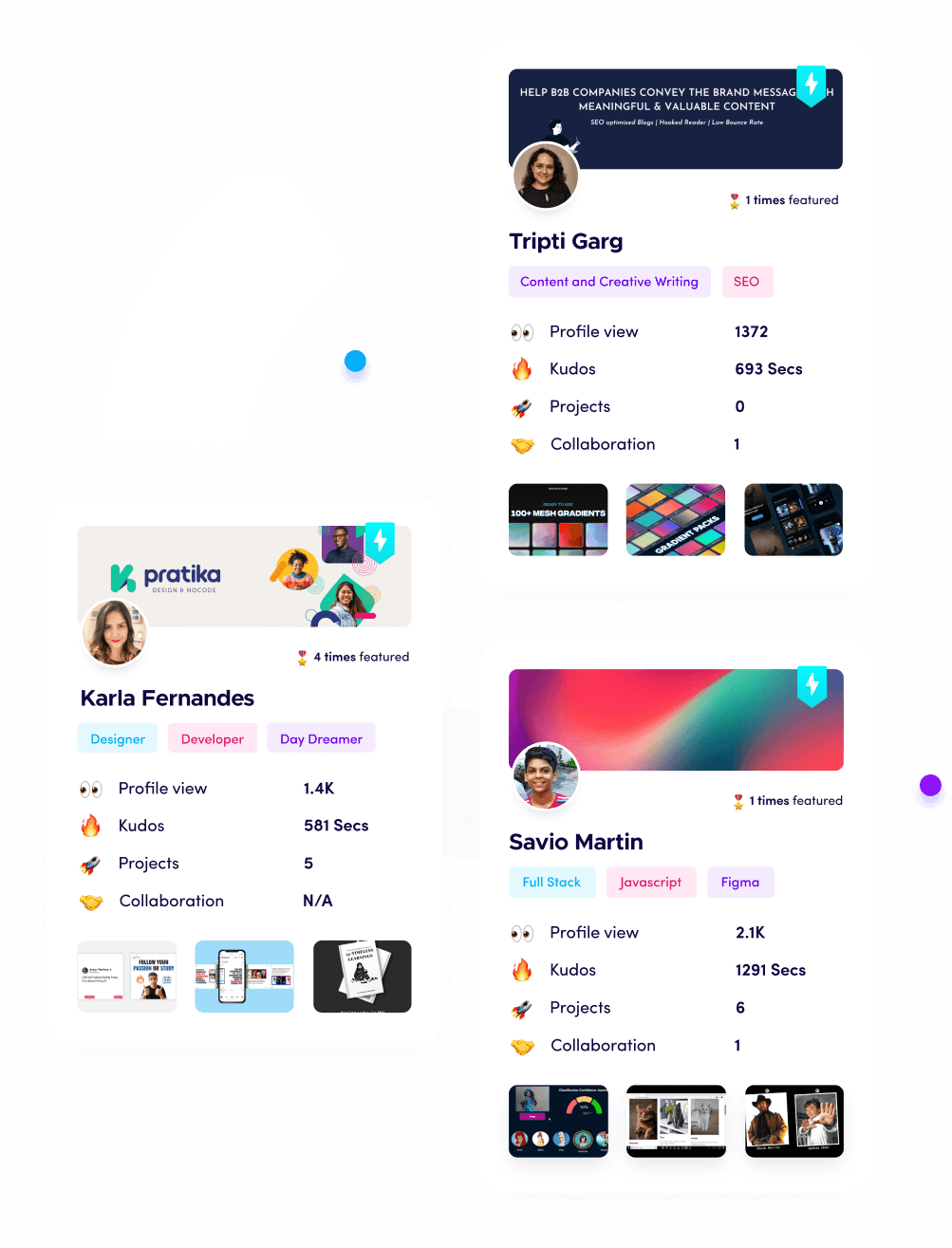How to Create a Digital Marketing Portfolio in 2025

Riten Debnath
15 Jun, 2025

Are you struggling to stand out in the crowded digital marketing world? Imagine recruiters fighting to hire you, clients lining up for your services, and your inbox full of new opportunities—all because your portfolio showcases your real skills. In 2025, a digital marketing portfolio is more than a website—it’s your personal brand, your credibility, and your most powerful tool for getting hired.
I’m Riten, founder of Fueler a platform that helps freelancers and professionals get hired through their work samples. In this article, I’ll walk you through the step-by-step process of building a digital marketing portfolio that actually gets you hired in 2025. But beyond mastering digital marketing skills, the real secret is how you present your work. Your portfolio isn’t just a collection of projects—it’s your proof of skill, your credibility, and your shortcut to trust.
Why a Digital Marketing Portfolio Matters in 2025
A digital marketing portfolio is no longer optional. With the explosion of remote work, freelance gigs, and global competition, employers and clients want to see real evidence of your skills before they even consider you for a role. A strong portfolio does more than list your achievements—it tells your story, shows your process, and demonstrates your impact. In 2025, the best portfolios are interactive, data-driven, and tailored to the specific roles or clients you want to attract.
- Proof of Expertise: Portfolios show you can deliver results, not just talk about them.
- Personal Branding: Your portfolio is your digital handshake, making a memorable first impression.
- Competitive Advantage: A well-crafted portfolio sets you apart from generic resumes and cover letters.
- Career Flexibility: Whether you want a full-time job or freelance projects, your portfolio opens doors.
Step 1: Identify Your Digital Marketing Skills and Services
Before you start building your portfolio, get clear on what you offer. Digital marketing is a broad field—are you a content marketer, SEO specialist, paid ads expert, social media strategist, or email marketer? Knowing your strengths helps you focus your portfolio and attract the right opportunities.
- Skill Mapping: List your core skills (SEO, SEM, content writing, analytics, etc.) and supporting skills (graphic design, video editing, automation).
- Service Definition: Decide what services you want to showcase—campaign strategy, copywriting, analytics, or full-funnel marketing.
- Target Audience: Define who you want to work with—agencies, startups, e-commerce brands, or corporate teams.
- Unique Value: Identify what makes your approach or results different from other marketers.
Step 2: Gather and Curate Your Best Work Samples
Your portfolio should highlight your strongest, most relevant work. If you’re new, create mock projects or volunteer for nonprofits. If you have experience, choose projects that show a range of skills and measurable results. Each sample should tell a story: what was the challenge, what did you do, and what was the outcome?
- Project Selection: Pick 5-8 diverse projects that showcase different skills and industries.
- Results Focus: Include metrics like traffic growth, conversion rates, ROI, or social engagement.
- Process Breakdown: Explain your strategy, tools used, and why you made key decisions.
- Visuals and Data: Use screenshots, graphs, or before-and-after comparisons to make your impact clear.
Step 3: Structure Your Portfolio for Maximum Impact
A great portfolio is easy to navigate and visually appealing. Organize your work so recruiters and clients can quickly find what they’re looking for. Each project should have a clear introduction, a detailed case study, and a summary of results.
- Homepage Overview: Start with a strong introduction and a summary of your skills.
- Project Pages: Dedicate a full page or section to each project, with clear headings and visuals.
- Navigation: Use menus, tags, or filters so users can browse by skill, industry, or campaign type.
- Contact Section: Make it easy for people to reach out with a simple form or direct email.
Step 4: Write Compelling Case Studies for Each Project
Case studies are the heart of your portfolio. They show not just what you did, but how you think and solve problems. Each case study should walk the reader through your process, highlight your role, and end with clear, measurable results.
- The Challenge: Briefly describe the client’s problem or business goal.
- Your Strategy: Explain your approach, including research, planning, and creative decisions.
- Execution: Detail the tactics you used—content creation, ad setup, SEO optimization, etc.
- Results: Share data and outcomes, such as increased sales, improved rankings, or higher engagement.
Step 5: Add Social Proof and Testimonials
Testimonials and endorsements build trust and credibility. Ask clients, managers, or collaborators to write a short review of your work. Even if you’re new, you can get testimonials from classmates, mentors, or people you’ve helped for free.
- Client Quotes: Include 1-2 sentence testimonials on each project page.
- LinkedIn Recommendations: Link to or screenshot positive reviews from your LinkedIn profile.
- Awards and Certifications: Highlight any industry recognition or completed courses.
- Social Proof Widgets: Use badges or logos from brands you’ve worked with.
Step 6: Optimize Your Portfolio for SEO and Mobile
A portfolio is only valuable if people can find it. Use SEO best practices to help recruiters and clients discover your work online. Make sure your portfolio looks great and loads fast on all devices, especially mobile.
- Keyword Optimization: Use relevant keywords like “digital marketing portfolio,” “SEO case study,” and “social media campaigns.”
- Fast Loading: Compress images and use modern web design for quick load times.
- Mobile Responsiveness: Test your site on phones and tablets to ensure a smooth experience.
- Clear CTAs: Add buttons or links for contacting you, downloading your resume, or viewing more projects.
Step 7: Choose the Right Platform for Your Portfolio
Where you host your portfolio matters. You can build a custom website, use a platform like Fueler, or create a visually-rich PDF. Each option has pros and cons, but assignment-based platforms like Fueler are gaining popularity because they let you showcase real work and results in a structured way.
- Custom Website: Full control over design and branding, but requires more setup and maintenance.
- Portfolio Platforms: Easy to use, often with built-in templates and analytics.
- Fueler: Lets you present assignments, show your process, and get discovered by companies hiring through real work samples.
- PDF Portfolios: Good for sending directly to clients, but less interactive and harder to update.
Step 8: Keep Your Portfolio Updated and Relevant
A digital marketing portfolio should evolve as your skills and experience grow. Regularly add new projects, update old ones with fresh results, and remove anything that’s outdated or no longer reflects your best work.
- Quarterly Reviews: Set a reminder to review and update your portfolio every few months.
- New Skills: Add new certifications, tools, or services as you learn them.
- Retire Old Work: Remove projects that are no longer impressive or relevant.
- Track Analytics: Use Google Analytics or built-in platform stats to see what pages get the most views.
Step 9: Promote Your Portfolio and Network
Building a great portfolio is just the start—you need to get it in front of the right people. Share your portfolio on LinkedIn, Twitter, marketing forums, and in your email signature. Reach out to potential employers or clients with a personalized message and a link to your best work.
- Social Sharing: Post about new projects and achievements on social media.
- Email Outreach: Send your portfolio to recruiters, agencies, or companies you admire.
- Online Communities: Join marketing groups and share your expertise and portfolio.
- Networking Events: Attend webinars, conferences, or meetups and mention your portfolio.
Final Thought
In 2025, a digital marketing portfolio is your most powerful tool for getting hired and growing your career. It’s not just about showing what you’ve done—it’s about proving your results, telling your story, and building trust with every viewer. Invest time in building, updating, and promoting your portfolio, and you’ll open doors to opportunities you never imagined. And if you want to showcase your assignments and get noticed by companies that value real skills, platforms like Fueler can give you the edge you need.
FAQs: Digital Marketing Portfolio
1. What should I include in my digital marketing portfolio to get hired in 2025?
Include a mix of case studies, work samples, testimonials, and measurable results that show your skills in action.
2. How do I create a digital marketing portfolio with no experience?
Start with mock projects, volunteer work, or personal campaigns. Explain your process and show the results, even if they’re hypothetical.
3. Which platform is best for hosting my digital marketing portfolio?
Platforms like Fueler are ideal for assignment-based portfolios, but you can also use your own website or other portfolio builders.
4. How often should I update my digital marketing portfolio?
Review and update your portfolio every 3-6 months, or whenever you complete a major project or learn a new skill.
5. How can I make my digital marketing portfolio stand out to employers?
Focus on results, use clear visuals and data, add testimonials, and optimize for SEO so recruiters can easily find and understand your value.
What is Fueler Portfolio?
Fueler is a career portfolio platform that helps companies find the best talents for their organization based on their proof of work.
You can create your portfolio on Fueler, thousands of freelancers around the world use Fueler to create their professional-looking portfolios and become financially independent. Discover inspiration for your portfolio
Sign up for free on Fueler or get in touch to learn more.


